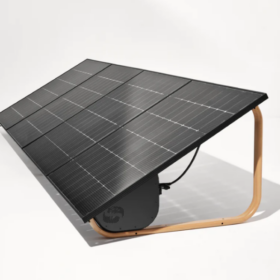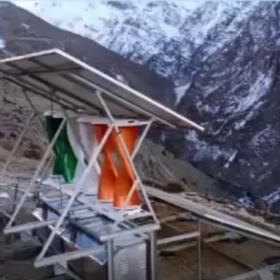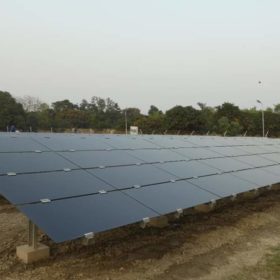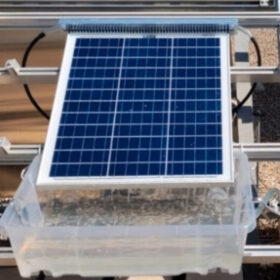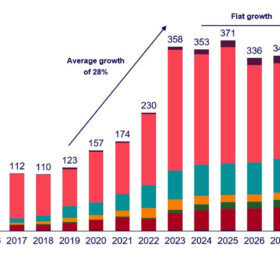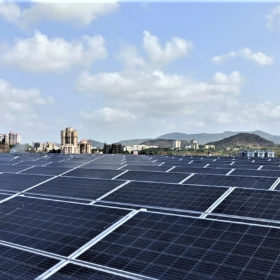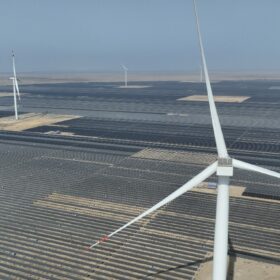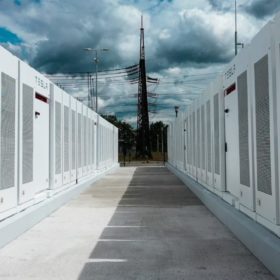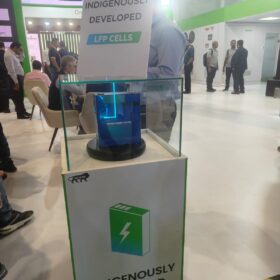DualSun launches foldable plug-and-play solar kits
France’s DualSun has developed foldable plug-and-play solar kits with a power range of 420 W to 1.68 kW.
ISA to accelerate solar initiatives in Uganda
The International Solar Alliance (ISA) and the government of Uganda recently discussed accelerating the solar mini-grid project to address Uganda’s energy access challenge and advancing the solar water pumping project under the India, Brazil, and South Africa (IBSA) Fund. New areas of cooperation, such as establishing a Solar Technology and Application Resource Centre (STAR-C), were also explored.
PNOC, WindStream partner to deploy hybrid wind-solar RE solutions in Philippines
The Philippine National Oil Co. (PNOC) has partnered with India’s WindStream Energy Technologies to deploy hybrid wind-solar RE solutions in remote, off-grid areas of the Philippines.
ISA to help boost solar initiatives in Bhutan
The International Solar Alliance (ISA) will work with the government of Bhutan to enhance energy access and ensure energy security in Bhutan through solar energy interventions and diversification of the nation’s energy portfolio.
Gautam Solar supplies 60 MW PV panels for PM KUSUM Scheme
Under PM KUSUM Scheme, farmers can set up solar plants on their barren or uncultivable agriculture land and benefit from selling the electricity generated to the local Discom.
Blended finance key to scaling small-scale solar projects
Bringing together private and public capital in a risk-adjusted return structure, is key to scaling up financing for renewable energy assets such as solar mini-grids, says a new report.
Photovoltaics for wastewater disinfection
Researchers in Spain have developed a new system that simultaneously produces PV power and disinfects wastewater.
WoodMac predicts strong yet flat global PV growth through to 2032
Wood Mackenzie says the solar industry has reached a new stage in its evolution and is predicting around 350 GW of global solar installations annually for the next eight years. The research firm is also forecasting challenges for the solar manufacturing sector and long-awaited benefits from the Inflation Reduction Act in the United States.
Solar energy’s vital role in climate change mitigation
With solar taking a more significant portion of the energy and power mix, climate change can be significantly mitigated. Coal, for instance, is one of the dirtiest fuels, but makes up 70% of India’s power generation.
India installed 10 GW of solar capacity in 2023
India added about 6.5 GW of new utility-scale solar capacity in the Jan.-Dec. period of 2023. Capacity addition from rooftop installations was 3 GW. Around 500 MW was installed in the off-grid/distributed solar segment.
